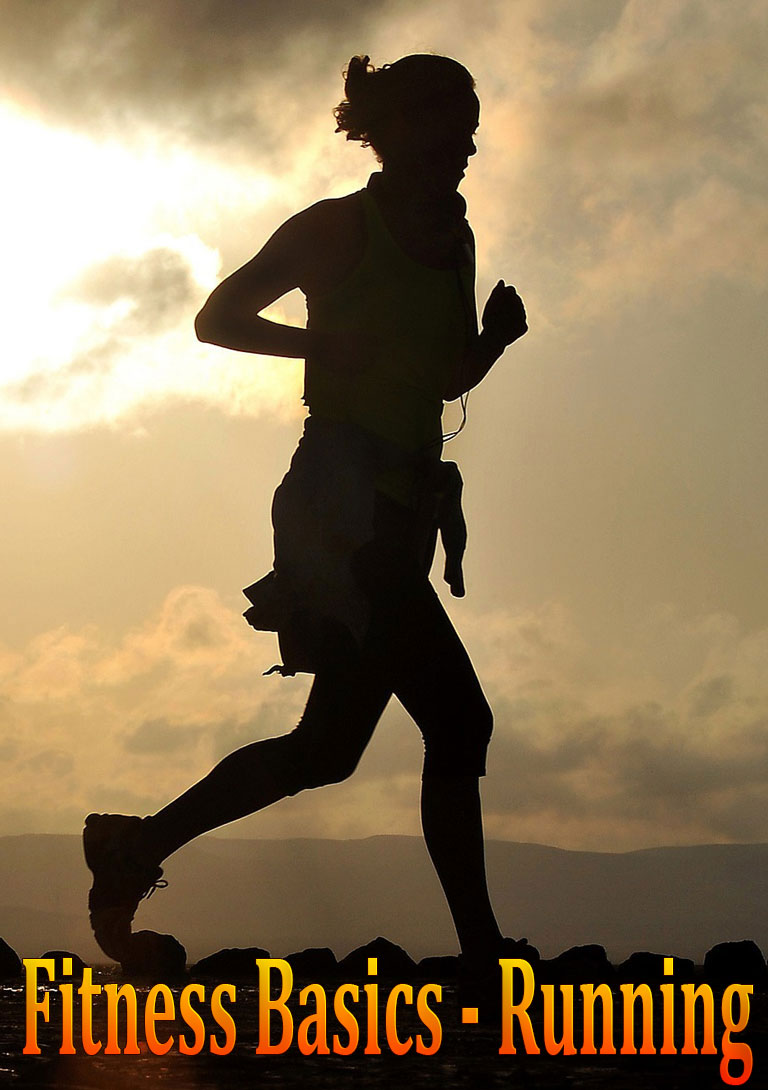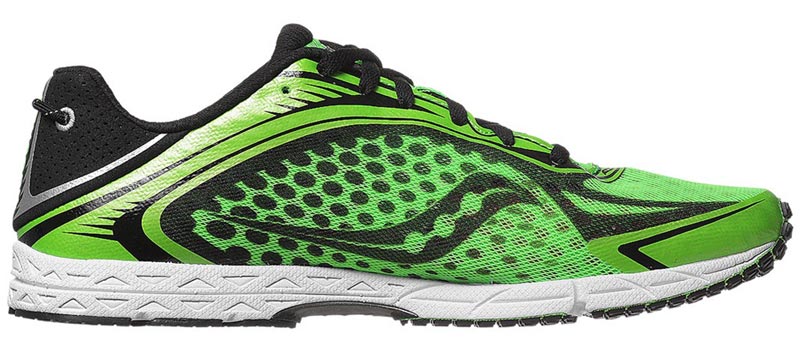
You don’t have to be an athlete – or even aspire to be one – to start running
Maybe you just want to run around your neighborhood, or explore a new one. Maybe you want to challenge your body in a different way, to tone up, or lose weight. Whatever your goals are, running is an excellent exercise for a beginner to try.
Running’s benefits include improved cardiovascular hearth, lower blood pressure, lower cholesterol, a revved-up metabolism, and a sense of self-esteem.
Before you take your first step, get yourself a good pair of running shoes. It’s the most important investment you’ll make.
Go to a store specializing in running gear, where the staff tends to be knowledgeable about the products, and trying on as many pairs as necessary to find the right ones for you. A good fit is essential; blisters and shin splints are not going to inspire you to run. And don’t even think about running in your regular cross-trainers, tennis shoes, or regular sneakers.

Running is very traumatic. The mechanics of running creates specific kinds of forces on the body. Running shoes are designed to absorb and minimize those kinds of forces.
But don’t get too attached to your favorite pair. Running shoes have a limited lifespan. Generally speaking, running shoes have 500 miles of life. Even though they make look good, shock absorption diminishes after 500 miles.
Start Gradually
Before you start any new fitness program, it’s wise to consult with your physician, especially if you’re a man 45 or older or a woman 50 or older.
Your life digits — blood pressure, BMI (body mass index), cholesterol, blood sugar are very important. Running is not the best exercise for everyone. So listen to your doctor and your body. The worst thing you can do is start running, get injured, then stop exercising altogether.
Once you get a green flag from the doctor, you can start out with a combination of walking and jogging. For example, you might alternate walking for five minutes and jogging for two minutes. Over time, steadily increase the amount of time you spend running until you’re able to jog for 20 minutes at a time. Once you achieve that, start increasing your distance.
For someone who has been sedentary, experts recommends starting only with walking, then progressing to brisk walking before adding any jogging.
Your cardiovascular system will adapt more easily than your musculoskeletal system. People don’t usually give up running because their hearts can’t adapt but because of injury. Gradually conditioning yourself with a combination of walking and running gives your body time to adapt to the new stress on the joints and muscles.
The first two weeks are difficult. Getting out the door is the hardest thing ever. Once you get past that, then you get it, your body starts feeling good and wants to go out and play.
To keep your body feeling good during your runs, experts offer these tips:
- While you’re running, be sure you can pass the “talk test”: You should still be able to carry on a conversation. Keep your pace comfortable so you won’t burn out too quickly. It’s much better to run too slow than too fast.
- Instead of tracking the miles you run, count time. Don’t get caught up in measuring distance, and that you ran faster than yesterday. Go for time.
- As you build up past 20 minutes, be sure to stay hydrated. This is especially important during the warm-weather months. Know where the water is, where the park is, where the gas station is, or you can stash water along your route ahead of time.
- In addition to running, do strength training to build muscle and bone density and protect against injury. A 20-minute strength workout a couple of times a week is all you need. To get started, get a personal trainer to write out a program you can do at home
- Save stretching for after your run, when your muscles are warm. Stretching cold muscles increases the risk for injury.
Sticking With It
To stay consistent with your running program, keep a running journal or log, the experts suggest. At the beginning of the week, plot out when you plan to run and for how long, and commit it to paper. Write down something on a piece of paper and put it in your sock drawer. Setting specific goals, whether it’s time, distance, weight loss or cholesterol, will also inspire you to stay on track. Another thing that helps: finding a friend to run with.

Inside or Out?
Is it better to run on a treadmill or outside? You can get a great cardiovascular workout either way, and there are benefits to both, the experts say with a treadmill, you’re never too far from home. It’s a good choice if you’re injured or rehabbing an injury, or just feeling a little intimidated about running outdoors. There are no stoplights, no dogs, no cars, no pollution. And, of course, bad weather isn’t an issue. Treadmill running can be lower-impact too.
But a treadmill doesn’t quite simulate the outdoors.
When you’re outdoors, you’re getting fresh air. Running during the sunlight you get vitamin D, which women really need to absorb calcium. You have the scenery, you can discover parts of your city or town, or if you’re traveling, it’s a great way to see a city. It’s better with a group of people, and easier to do with a family.
When Not to Run
Running is not for everyone, say the experts. If you have an injury or disability, or if running is painful for you, try cycling, cross-country skiing, swimming. They all work.
The advantage to running is it doesn’t take any equipment except shoes, you can do it anywhere, and it’s convenient. It’s one of the best cardio-respiratory activities you can do. The bad news is, it is very traumatic, and the trauma is more prevalent the longer and harder you go. But if you can run, why not go ahead and get out there? You will never regret a run. There’s hardly anything in life you can say that about.





Leave a Reply